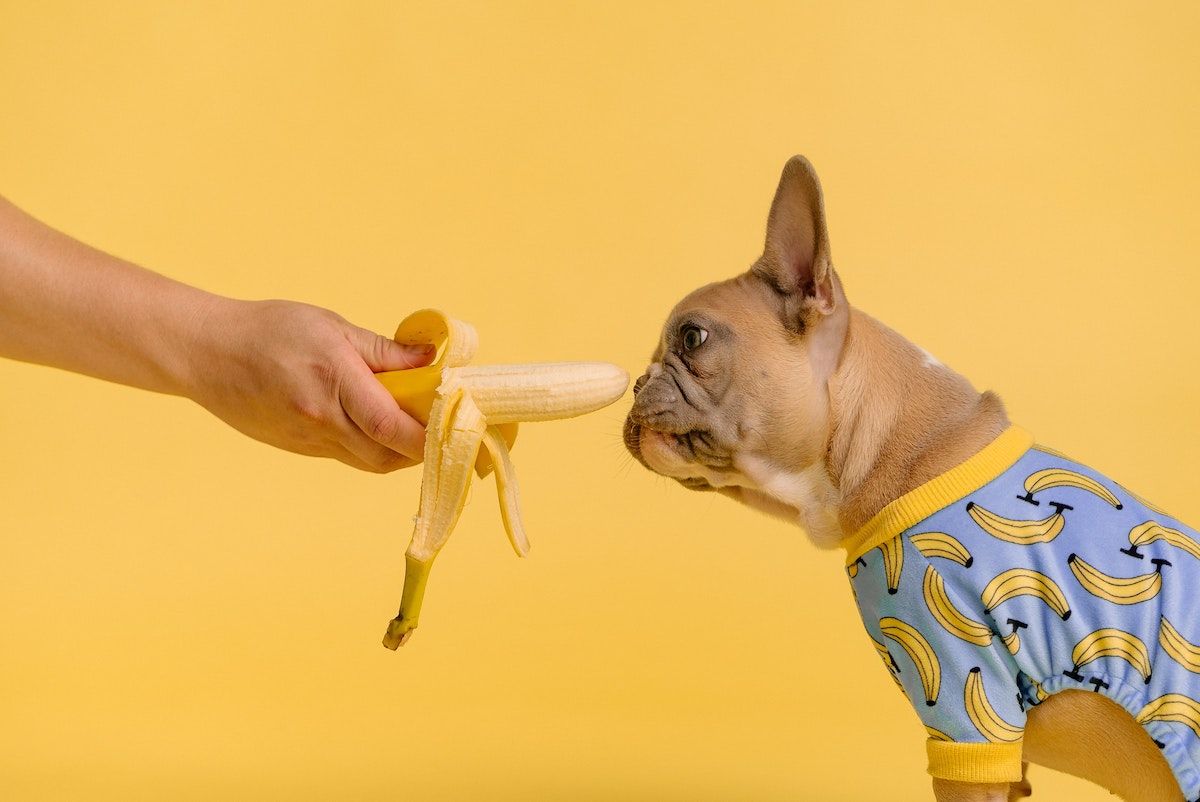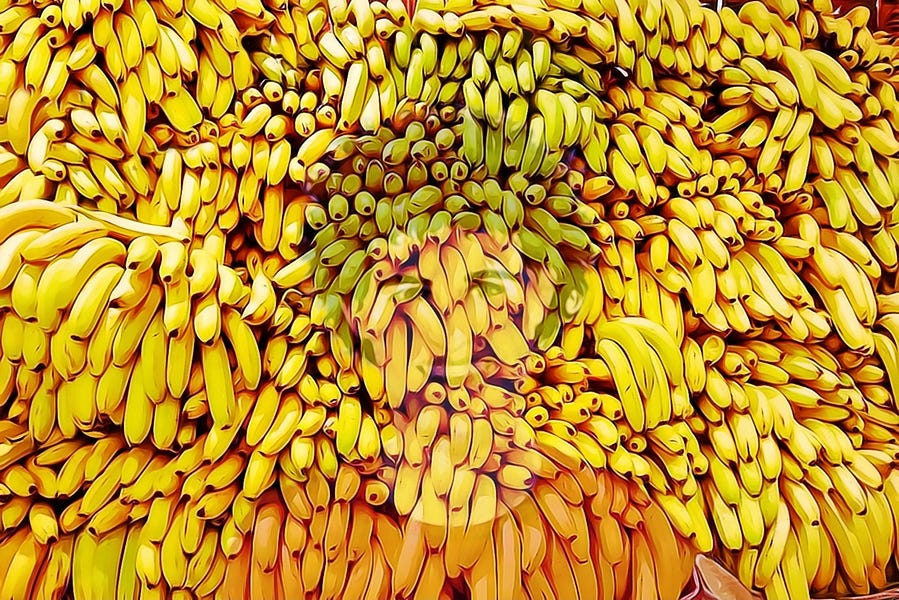THE QUICKEST WAY TO A BILLION
Over the long run, unsubstantiated valuations revert and perpetual motion machines stop. When this happens, the illusion of wealth bursts and the inside game is revealed. Some people end up with dollars, others end up with tokens. Choose wisely.

Capital Thinking • Issue #1167 • View online
If you want to become a billionaire, there are a couple of ways to do it.
One way might be to open a business. You could open a fruit stand, selling apples and pineapples or whatever.
If you made $1.00 of profit for each item sold and saved it all in a bank account or under a giant mattress, you could become a billionaire by selling 1,000,000,000 bananas.
But this takes a really long time and frankly is a little old fashioned.
A Billion Bananas
An easier way to become a fruit-mogul is to set up a stand and sell a couple peaches, then open Microsoft Excel and build yourself a model of FruitCo.
Start with your current sales, then apply a growth rate that shows FruitCo will eventually sell 5 billion pieces of fruit. Then, you sell your shares of FruitCo for $1 billion dollars today to someone who expects to make $5 billion dollars by selling fruit in the future.
This isn’t a slam dunk either. First, you have to convince others to believe your projections.
Second, there isn’t an active market for $1 billion private produce transactions. Instead, you probably have to take money from a small pool of private investors and expand the pool as the business grows.
Eventually, you can take FruitCo public in an IPO. Then FruitCo shares can be bought and sold at market-listed prices on a regulated exchange, and you can sell (or borrow against) your shares for a $1 billion.
While much faster than selling a billion bananas, it still takes at least a couple of years to go through this whole process. Plus, it requires buy-in from institutional investors, compliance with securities laws, legal and banking fees etc.
The quickest way to become a “billionaire” is to create a billion FruitTokens (FTK), and list the token on an unregistered offshore crypto exchange. Then, make a FTK/USD market by selling yourself one FTK token for one US dollar, and voilà, you are a mark-to-market crypto-fruit-billionaire.
Now, sell as many FTK tokens to new investors for as many real US dollars as you can.
All three of these approaches create a paper billionaire, but not all paper is created equal.

A fruit stand that accumulated a billion dollars in profits has a billion dollars1.
FruitCo has a claim on future profits, with a valuation that fluctuates based on the outlook of the business and broader market conditions.
This stock is less liquid than physical cash or bank deposits, but there are also plenty of safeguards for future buyers. The company must have a reputable auditor, received approval from the SEC, and file detailed financials on a quarterly basis.
It’s unlikely the CEO of the company would be able to raid the company’s treasury and head to the nearest non-extradition oasis.
Then there is tokenization.
FTK is merely a cheap illusion of a billion dollars, created by extrapolating a "market price" across the entire illiquid supply of FTK tokens using quotes from an unregulated exchange, which can be easily manipulated by self-dealing2.
By itself, no value has been created or transferred. In order for the FTK creators to get rich, they must use their fabricated paper wealth to attract other people willing to exchange (or lend) dollars for FTK tokens.
The creator may never actually see a billion dollars, but they may get enough to buy a villa in Dubai and a one-way plane ticket.
This isn’t a cynical take of a no-coiner, this is exactly how it was explained by the most famous crypto billionaire, Sam Bankman-Fried (SBF), in a now infamous episode of the Odd Lots podcast back in April.

*Featured post photo by Karsten Winegeart on Unsplash
